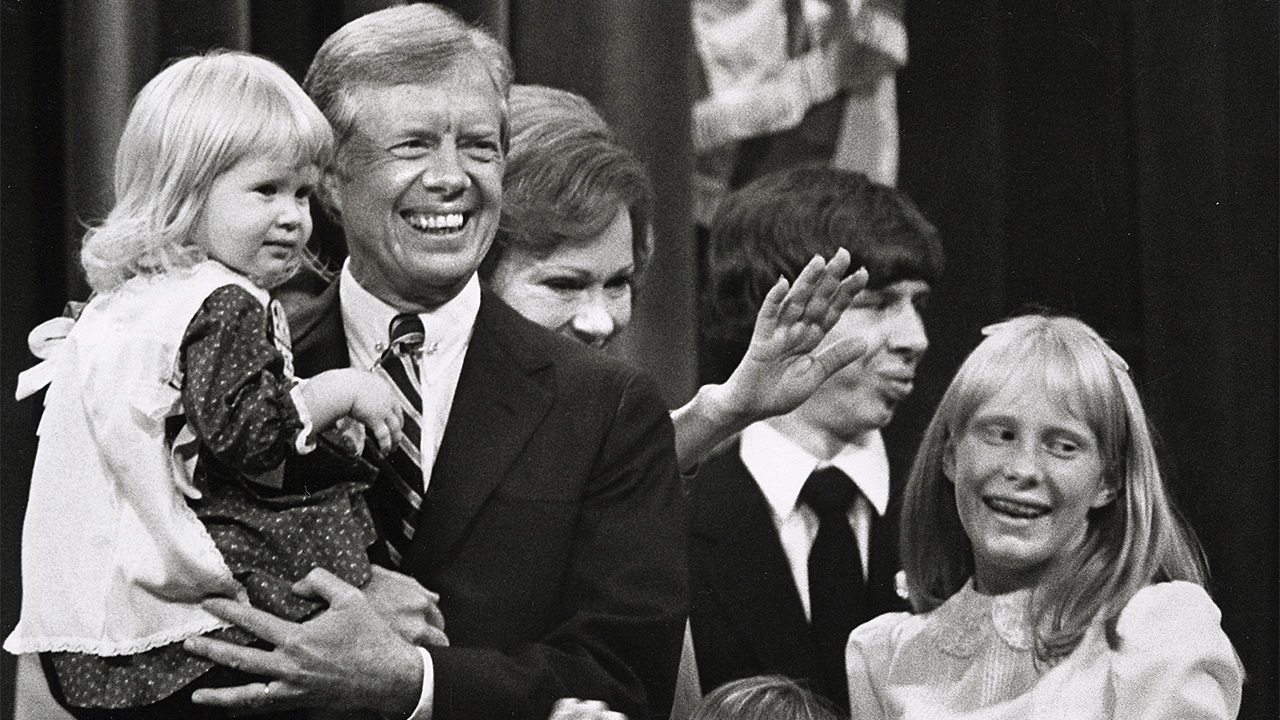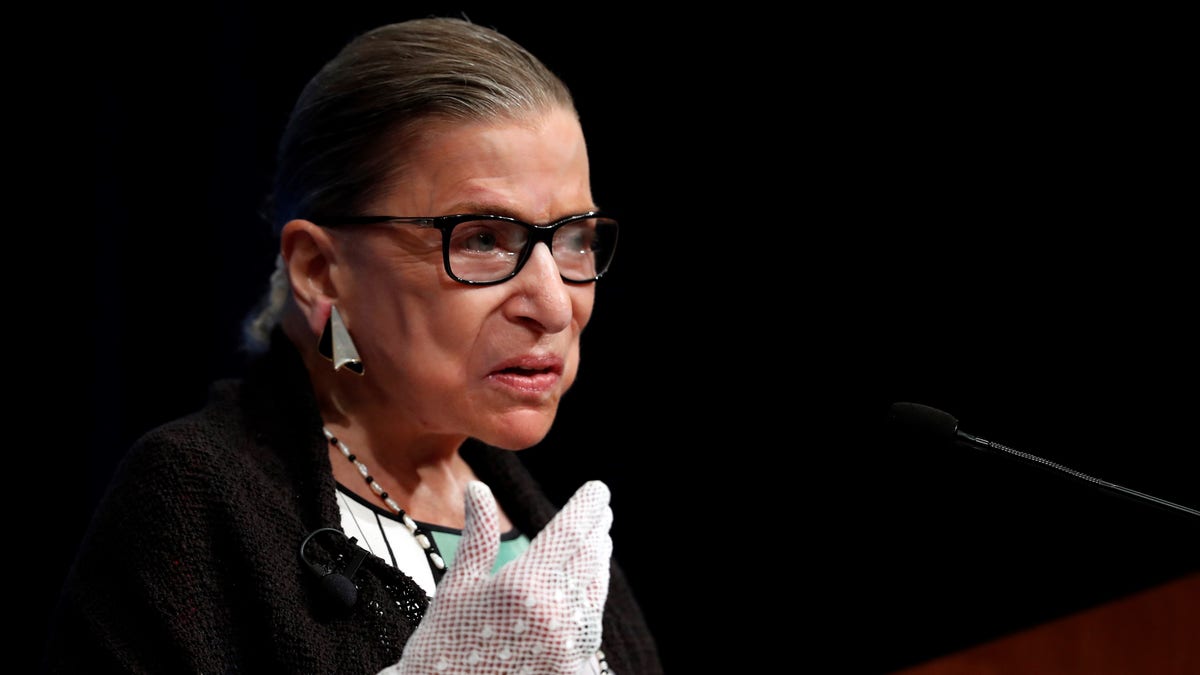While President Jimmy Carter's time in the Oval Office lasted only one term, his impact on the federal court system continues to resonate. He appointed over 260 federal judges, leaving a lasting mark on the composition of the courts and paving the way for greater diversity in judicial appointments, including future Supreme Court justices.
A key aspect of Carter's judicial legacy lies in the sheer number of appointments he made – 262 in total. This surpasses the number of federal judge appointments made by any other single-term president in US history. His focus on diversity was groundbreaking. He appointed a record number of women and minority judges, transforming the demographics of the federal bench.
This transformation was facilitated by the Circuit Court Nominating Commissions, established by Carter in his first year as president. These commissions were tasked with identifying potential judicial candidates, with the goal of making the courts more representative of the American population. The impact of these appointments extended beyond mere numbers, influencing countless court decisions at both the district and appellate levels.
Though Carter never had the opportunity to appoint a Supreme Court Justice himself, he had reportedly considered nominating Judge Shirley Hufstedler, the first woman to serve as an appellate court judge, if a vacancy had arisen. Instead, he appointed Hufstedler as the nation's first Secretary of Education. While his vision for a female Supreme Court Justice wasn't realized during his presidency, it foreshadowed future appointments. His successor, Ronald Reagan, appointed Sandra Day O'Connor as the first female Supreme Court Justice in 1981.

Jimmy Carter, Rosalynn Carter, and their children at the 1980 Democratic National Convention. (Ron Galella/Ron Galella Collection via Getty Images)
Two of Carter's appellate court nominees, Stephen Breyer and Ruth Bader Ginsburg, would eventually ascend to the Supreme Court, appointed by President Bill Clinton in the 1990s. Both were later replaced by female justices: Breyer by Ketanji Brown Jackson in 2022, and Ginsburg by Amy Coney Barrett following Ginsburg's death in 2020. Ginsburg frequently acknowledged Carter's role in diversifying the judiciary, emphasizing his significant contribution to increasing the representation of women on the federal bench.

Supreme Court Justice Ruth Bader Ginsburg (AP Photo/Carolyn Kaster/File)
Comments(0)
Top Comments